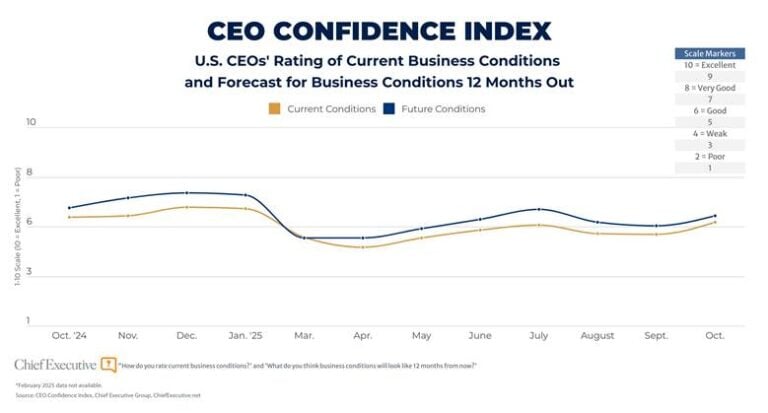


One of the most critical and targeted constituencies of the recent GOP tax cuts is of course manufacturing. With a host of depreciation benefits and write offs geared specifically for equipment, R&D and manufacturers in particular, it’s a clear attempt to accelerate the growth of the sector in the U.S. Some of the key components, especially small and mid-market manufacturers, include:
What should manufacturing leaders do now to take advantage? I reached out to EY’s Derek Burgess for some immediate reactions and ideas to make the most of the opportunities.
Burgess is a tax partner at EY with more than two decades of experience working with global manufacturers in cross-border transactions, transformations, business strategy and large international planning projects, including restructurings, supply chain management and OECD BEPS initiatives. Here’s his quick take:
H.R. 1 presents both opportunities and challenges for the manufacturing sector. Clients are delving into the complexities of the nearly 900-page bill, particularly the tax policy changes that comprise a significant portion of the legislation. We’re fielding numerous inquiries about specific tax provisions, effective dates and the phase-in and phase-out timelines.
Supply chain resilience remains a high priority for manufacturers and the international tax changes make evaluation especially critical. Given the intricacies involved, we strongly recommend that companies model a range of scenarios to optimize cash flow and enhance tax efficiency. This approach will help them navigate the new landscape effectively and support the best possible outcomes for their organizations.
A common theme emerging from our manufacturing clients is that this bill could substantially enhance their capacity to invest and innovate in the U.S. The immediate deduction of costs associated with capital equipment purchases and new factories is a game-changer, potentially boosting investment capacity.
Additionally, the reinstatement of full expensing for domestic R&D is crucial for fueling U.S. innovation. Both provisions are vital for improving first-year cash flow and increasing after-tax returns on investment—key factors that will influence when and where companies decide to invest.
Automation continues to be a top priority for many manufacturers, and the new legislation can significantly enhance the after-tax economics of these investments. With the ability to immediately expense automation equipment and fully deduct R&D costs related to developing new robotic systems or software, companies can recover a portion of their upfront investments in the same year.
Furthermore, for capital-intensive automation projects financed with debt, the bill restores more favorable interest expense rules by shifting the limitation calculation back to an EBITDA basis, which could lower financing costs. When combined with available state and local incentives, these tax provisions can meaningfully strengthen the financial case for automation initiatives.
Overall, the passing of the H.R. 1 has created a lot of optimism among manufacturers. While there are certainly trade-offs, the overall outlook is one of momentum and opportunity. Companies looking to execute deals should ensure that they are presenting a clear narrative around how they plan to leverage these tax incentives to drive future growth.
Executives should evaluate their own readiness for acquisition by assessing their financial health and operational capabilities to capitalize on the opportunities presented by the new legislation.
Consider how to leverage the immediate tax benefits from the H.R. 1 to enhance cash flow and invest in long-term capabilities, while being mindful of the trade environment and shifting U.S. tariff policies. The legislation presents a unique opportunity for manufacturers to rethink their strategies and embrace innovation, investment and growth.
While the complexities of the bill may seem daunting, they also signal a commitment to revitalizing the U.S. manufacturing sector and enhancing its global competitiveness.




0

1:00 - 5:00 pm
Over 70% of Executives Surveyed Agree: Many Strategic Planning Efforts Lack Systematic Approach Tips for Enhancing Your Strategic Planning Process
Executives expressed frustration with their current strategic planning process. Issues include:
Steve Rutan and Denise Harrison have put together an afternoon workshop that will provide the tools you need to address these concerns. They have worked with hundreds of executives to develop a systematic approach that will enable your team to make better decisions during strategic planning. Steve and Denise will walk you through exercises for prioritizing your lists and steps that will reset and reinvigorate your process. This will be a hands-on workshop that will enable you to think about your business as you use the tools that are being presented. If you are ready for a Strategic Planning tune-up, select this workshop in your registration form. The additional fee of $695 will be added to your total.

2:00 - 5:00 pm
Female leaders face the same issues all leaders do, but they often face additional challenges too. In this peer session, we will facilitate a discussion of best practices and how to overcome common barriers to help women leaders be more effective within and outside their organizations.
Limited space available.

10:30 - 5:00 pm
General’s Retreat at Hermitage Golf Course
Sponsored by UBS
General’s Retreat, built in 1986 with architect Gary Roger Baird, has been voted the “Best Golf Course in Nashville” and is a “must play” when visiting the Nashville, Tennessee area. With the beautiful setting along the Cumberland River, golfers of all capabilities will thoroughly enjoy the golf, scenery and hospitality.
The golf outing fee includes transportation to and from the hotel, greens/cart fees, use of practice facilities, and boxed lunch. The bus will leave the hotel at 10:30 am for a noon shotgun start and return to the hotel after the cocktail reception following the completion of the round.